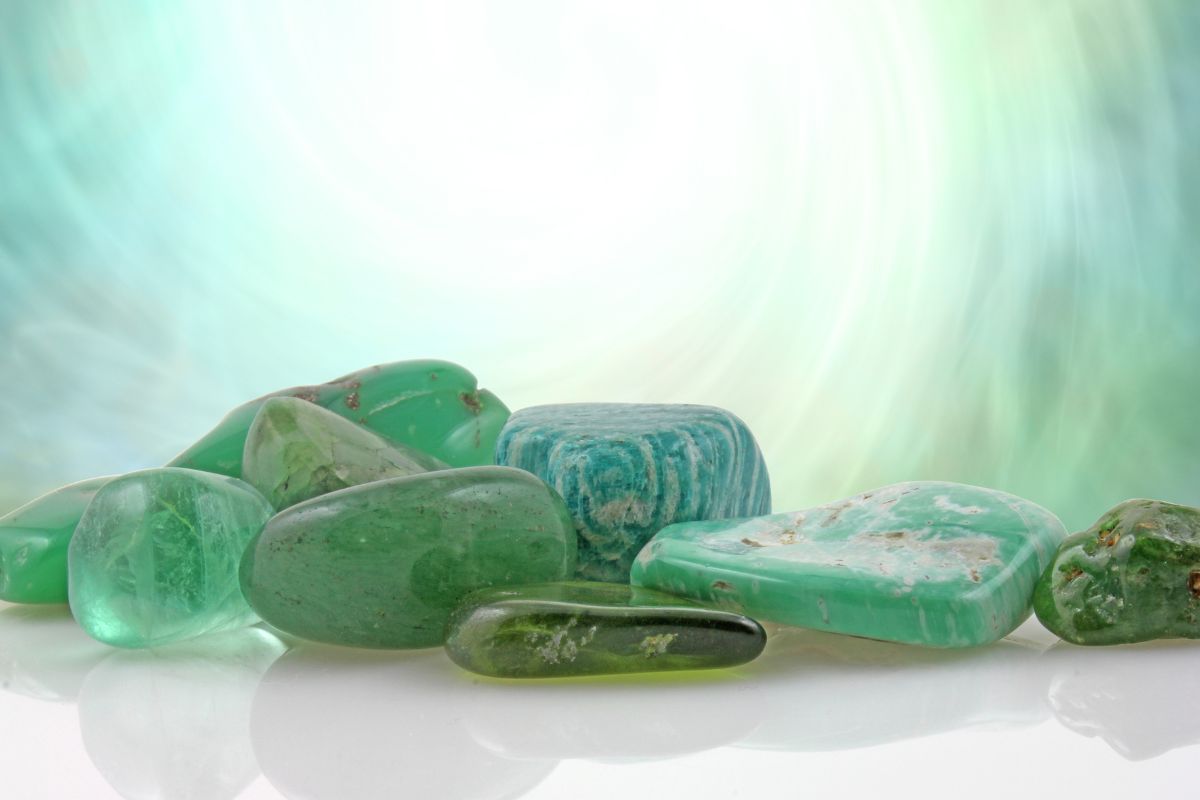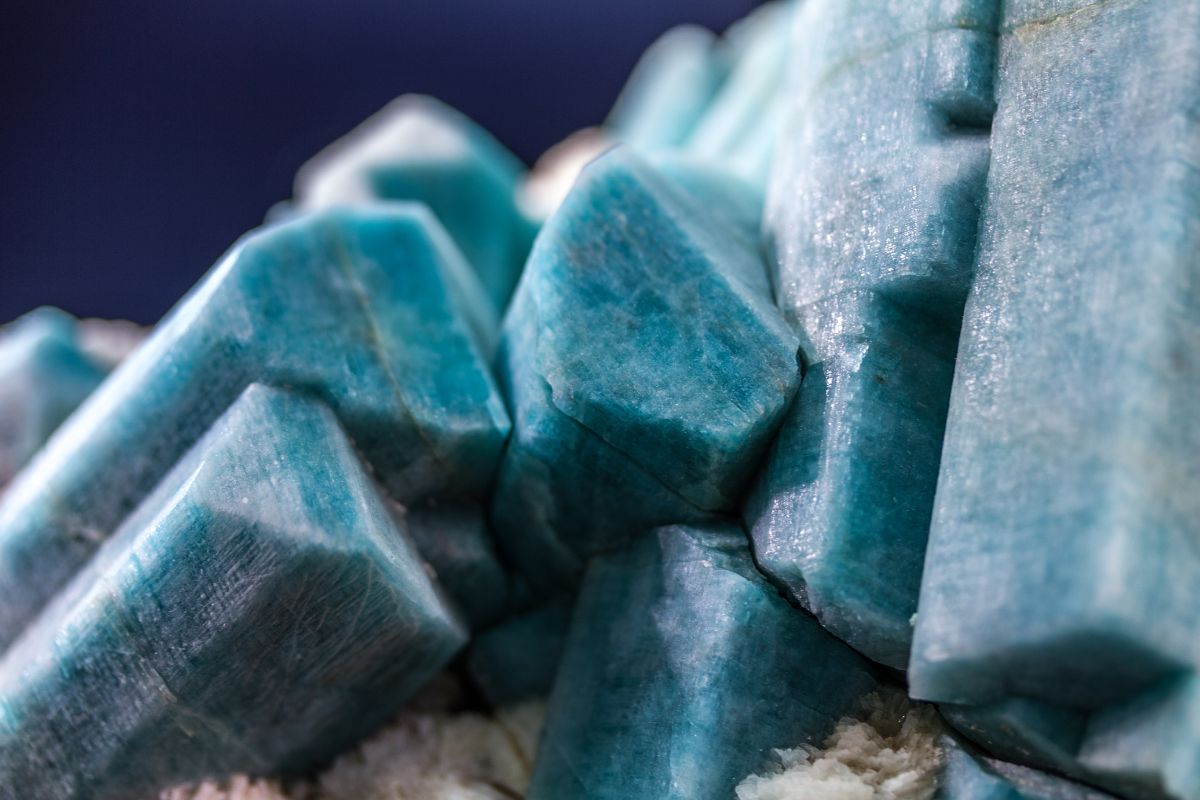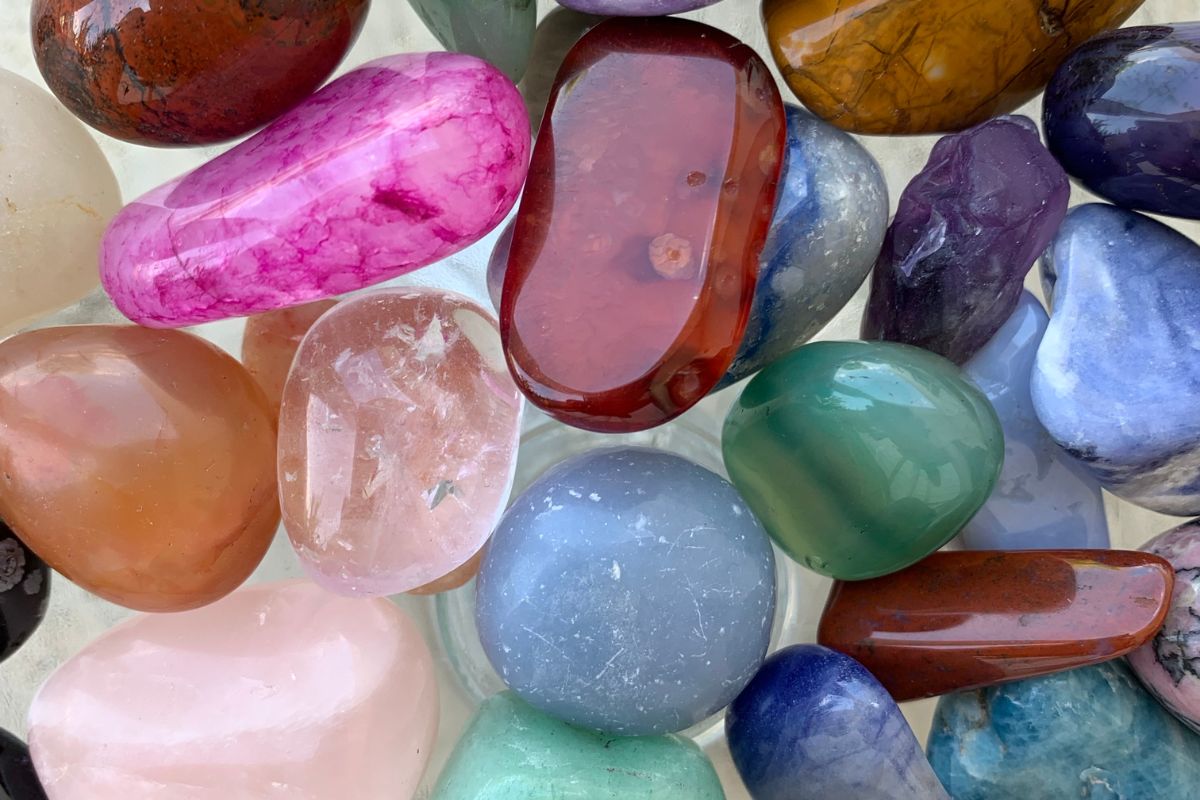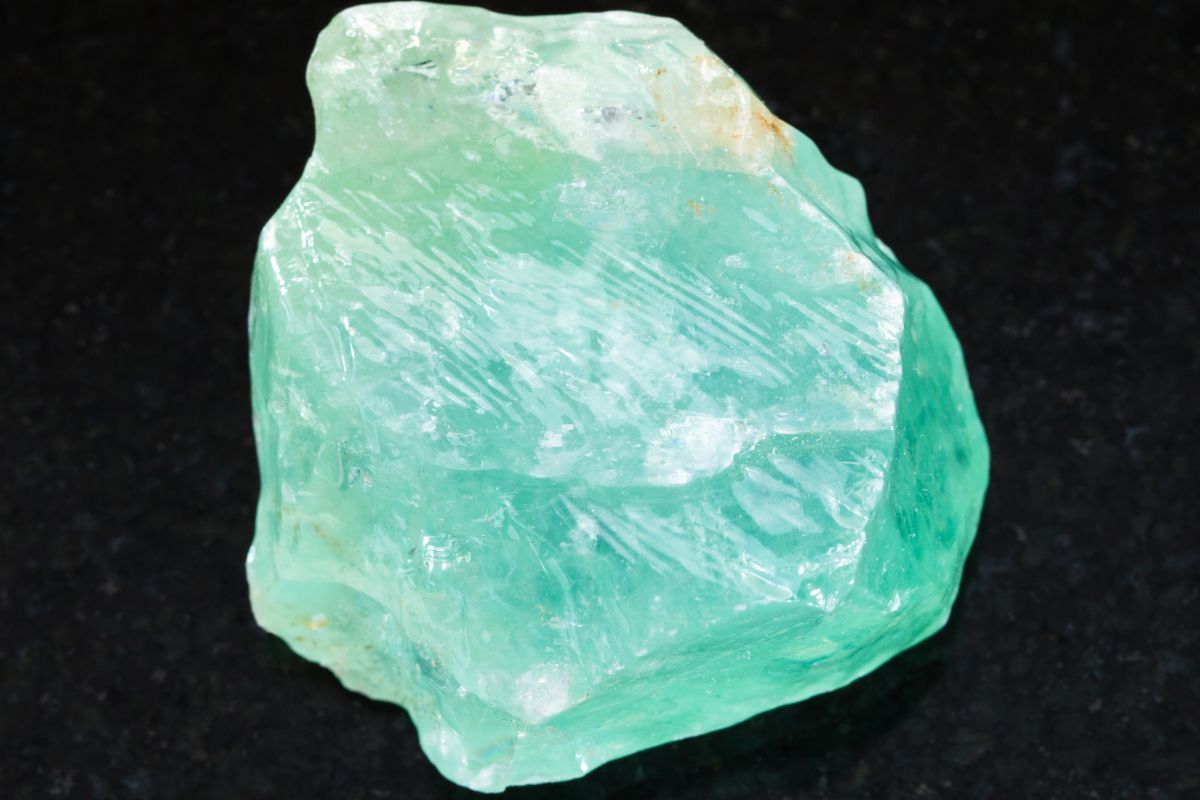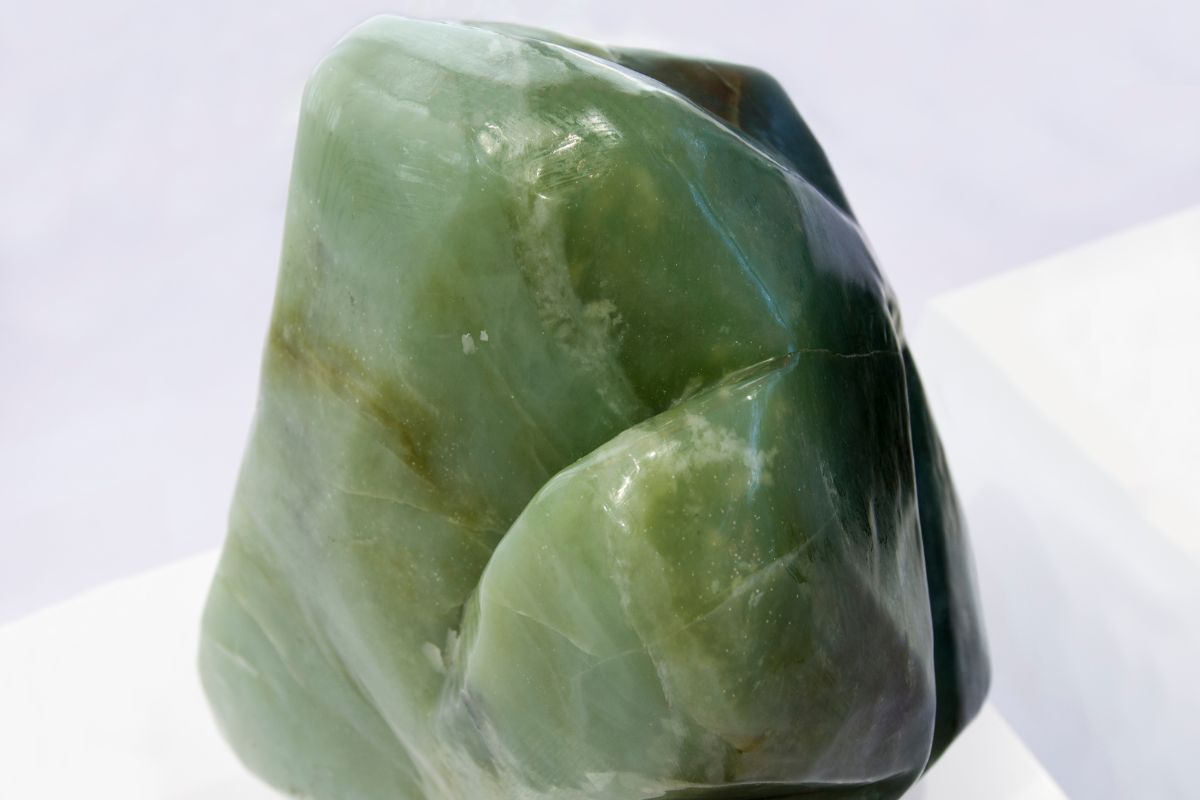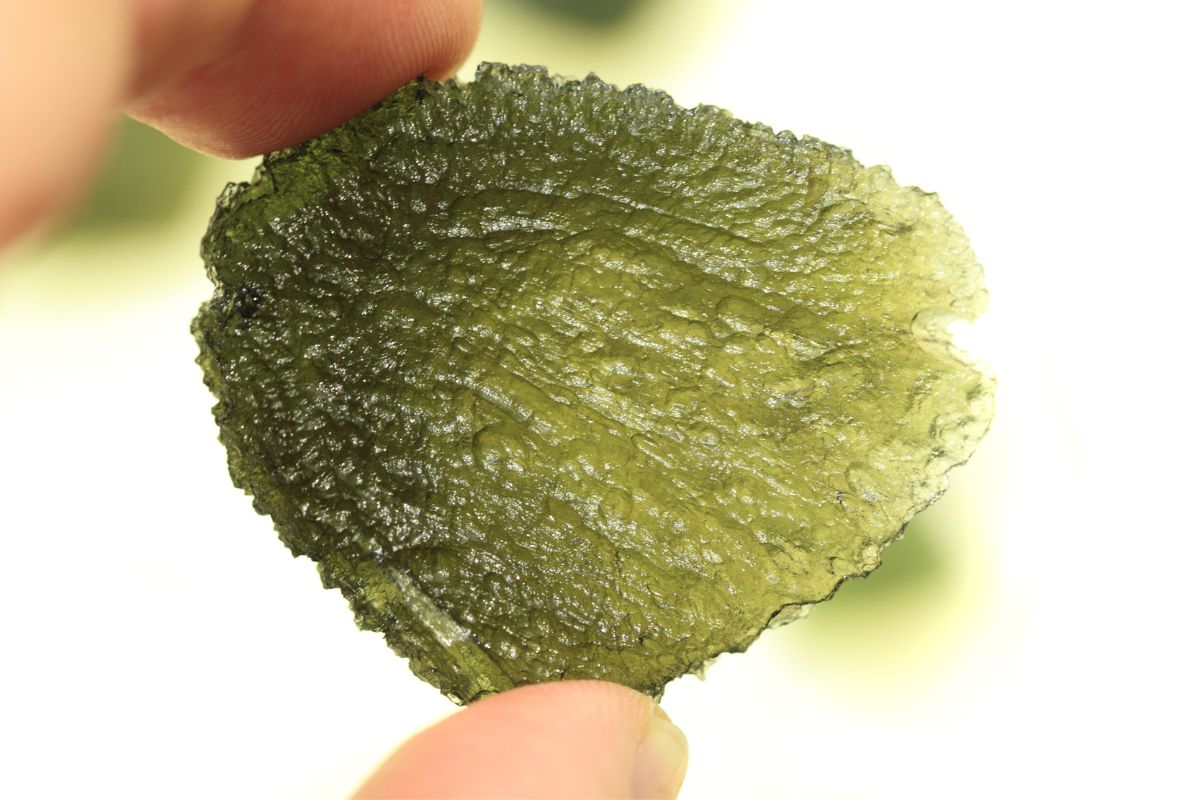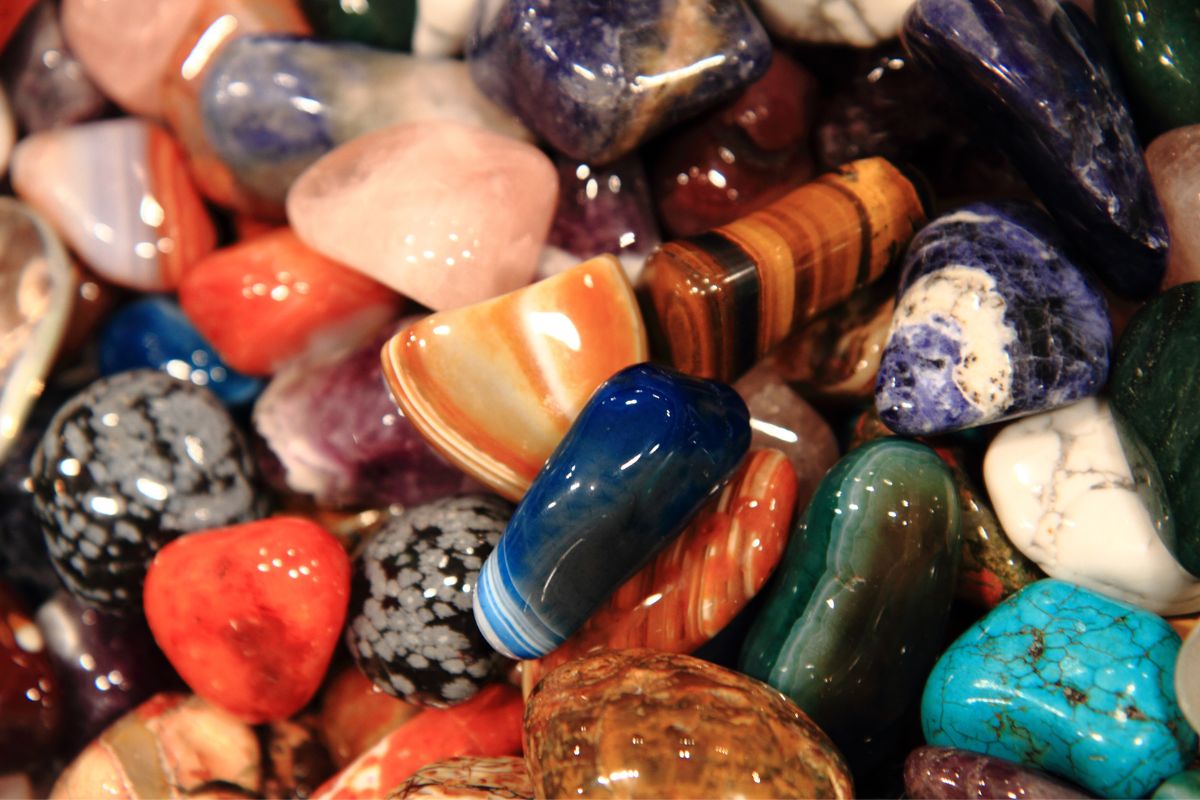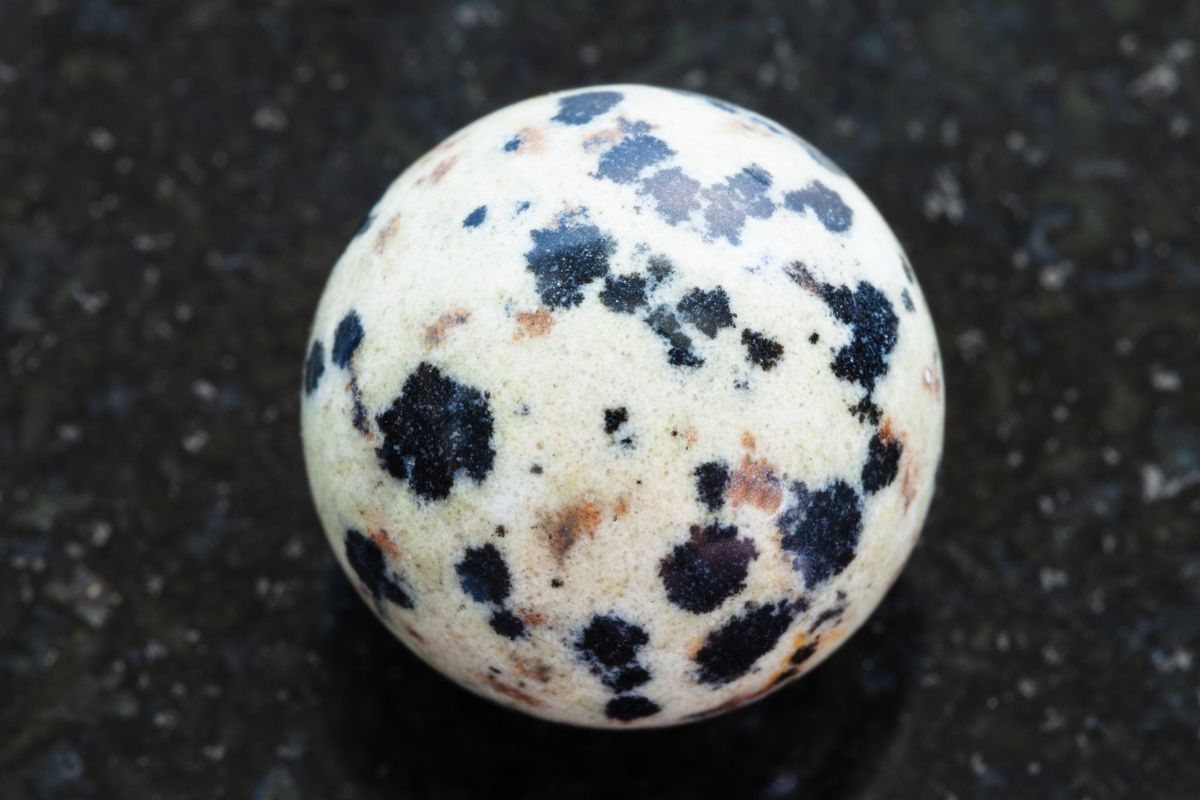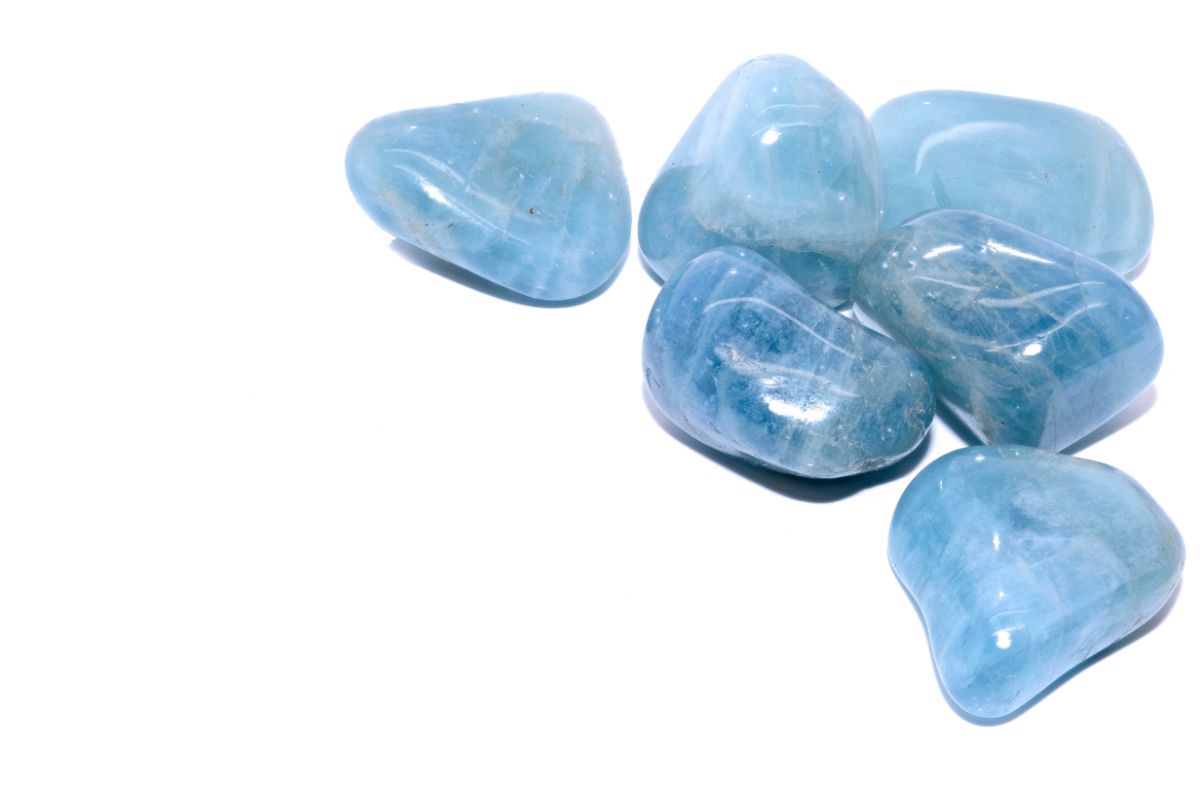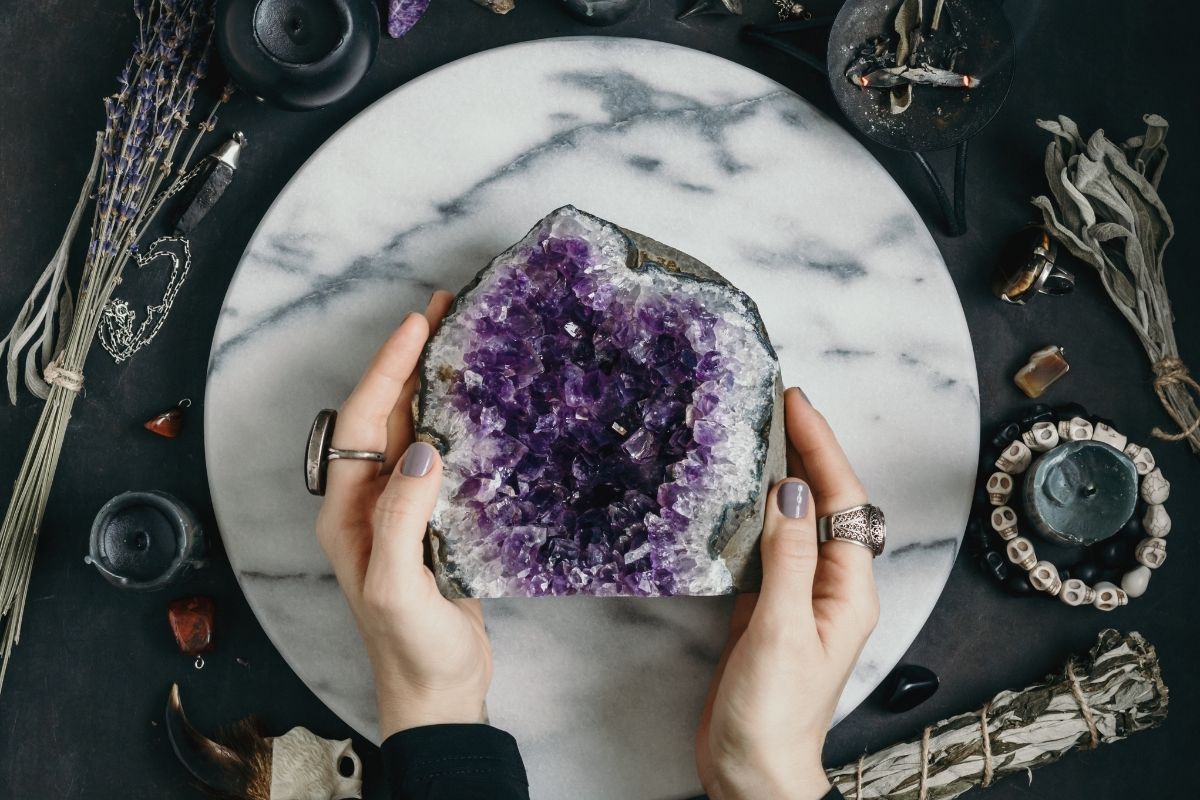Emeralds are first extracted in their natural state and then cut, sculpted, and polished for use in jewelry.
Emeralds are one of the big three colored stones, alongside rubies and sapphires. The physical characteristics of raw emeralds are identical to those of cut emeralds.
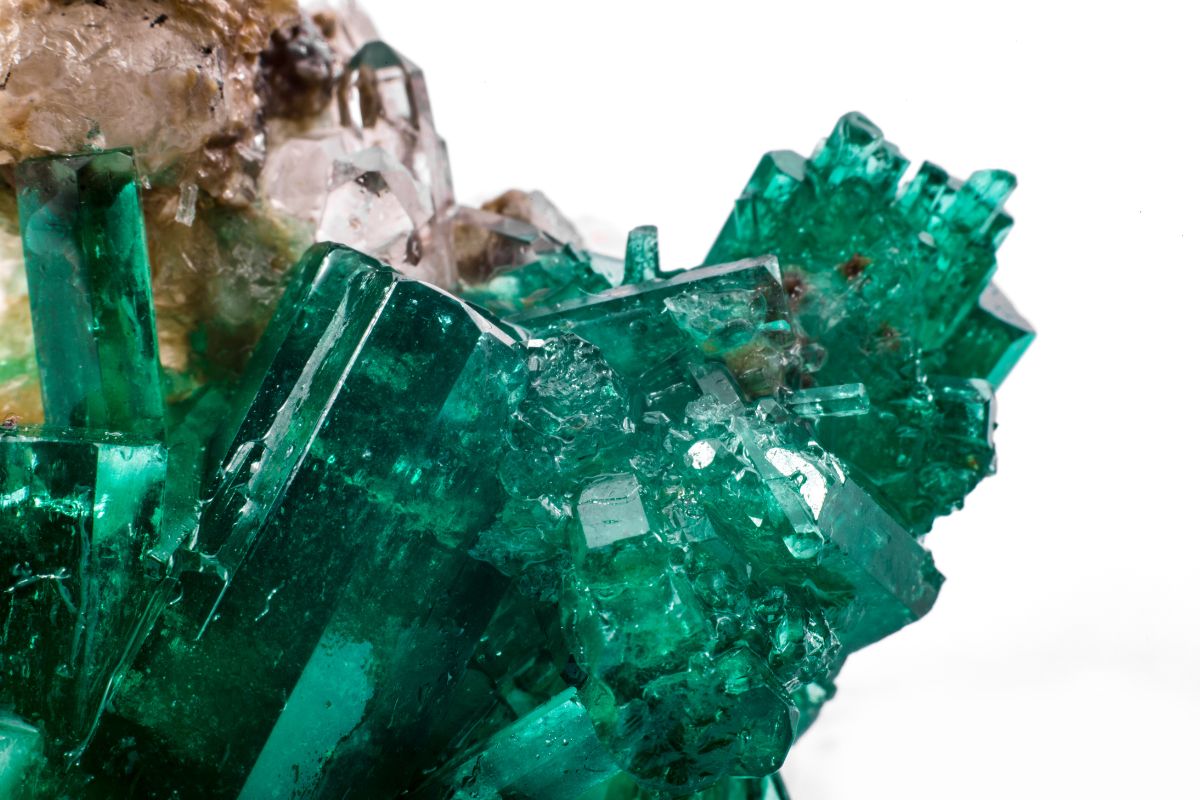
The most noticeable characteristic is their deep green hue. However, you must be aware of how to recognize an authentic raw emerald, if you happen to come across one. Color, shape, and transparency can be used to tell one gem from another.
In this article, we will discuss everything you need to know on how to identify a raw emerald (see also, ‘How to Identify Raw Jade‘).
Where Are Emeralds Mined?
According to Geology.com, emeralds are most frequently extracted in Colombia, Brazil, Zambia, and Zimbabwe, with sporadic finds in a few other nations. Other locations that claim to have emeralds have a higher likelihood of being fake or not of very good quality.
Authentic raw emeralds typically have flaws since they are mined. While, imitation emeralds are usually molded, thus they have very few or no irregularities.
There are countless other places where emeralds can be discovered. These include North Caroline, Russia, Ethiopia and Australia.
However, it is important to note that emeralds from these sources are not of gem-quality. These sources occasionally provide gem-quality material, but the majority of it cannot be faceted or is not routinely generated.
Hence, they aren’t reliable areas, only Colombia or Brazil who have been mining for hundreds of years can be relied on for genuine and high quality emeralds.
Identify Raw Emerald Shape
Typically, you will find that raw emeralds will grow in columns that will all differ in height. Alongside this, raw emeralds will have four square corners. Due to being unpolished, these raw crystals (see also ‘7 Beautiful Raw Crystals‘) will have a slightly irregular pattern and roughness.
A typical emerald cut is the trap cut or step cut. The corners of the gemstone are cropped to ensure its stability. However, as mentioned above, raw emeralds have four square corners.
Color Of Raw Emeralds
The hue of raw emeralds is green, the same as that of cut emeralds. Their shades of the color green are where they differ. The finest emerald typically has a brighter, bluer hue.
Raw emeralds can range in their color hues from deep forest green, light yellow-green, or blue-green.
The reason for this color is due to the fact that the stone comes from beryl. While other stones come in a variety of colors, emeralds are always green. Its green tint is caused by chromium or vanadium.
Clarity Of Raw Emeralds
In the gem industry, diaphaneity is frequently used to describe transparency or clarity. Nevertheless, the clarity of the uncut and cut emeralds is essentially the same. Like cut emeralds, raw emeralds can be translucent or transparent.
Testing Raw Emeralds For Authenticity
There are a couple of different ways in which you can test a raw emerald to see if it is authentic.
Glass Of Water Test
Try putting a raw emerald can be put in a glass of water. The emerald you are examining should emit light if it is real, but a fake one won’t.
Water Drop Test
All you need is a single water drop. By placing a single drop of water on the surface of your raw emerald, a real emerald will be able to maintain the shape of a water drop.
On the other hand, if you set a drop of water on a surface of a fake emerald, the drop will change its shape as the liquid spreads.
Layers Test
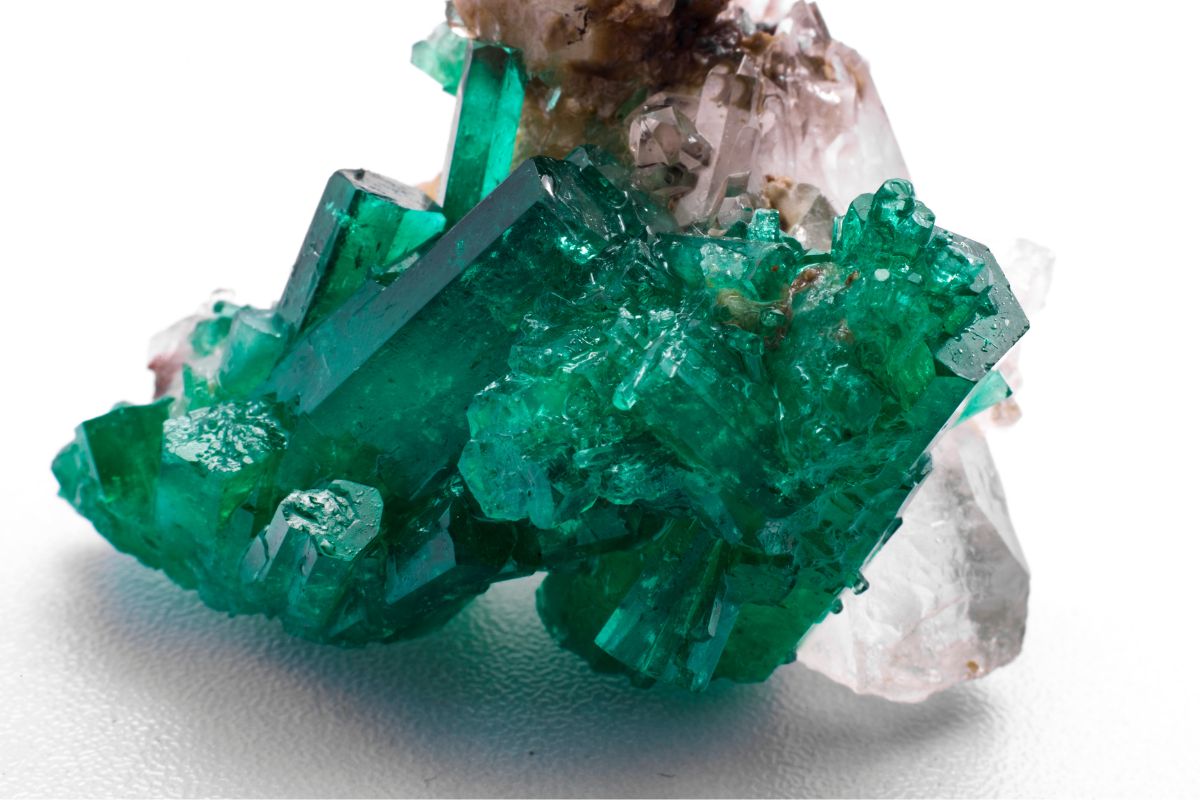
A raw emerald will reveal layers of genuine stone when submerged in water. However, it might be challenging to distinguish the layers of fake stones, as they are usually composed of layers of different materials.
Price Test
You must mentally be prepared to invest $500 per carat if you want to buy a real emerald. If the price tag claims to be cheaper, resist the urge to fall into the trap. The chances are that the emerald that is so cheap is green colored glass or another crystal.
What Makes Emeralds So Expensive?
Emeralds that are not cut into shapes, such as raw emeralds, are less expensive. A costly emerald can be created by properly cutting raw emeralds. Additionally, not all emeralds are gem-quality. The emerald’s grade affects both the price and quality.
Hence, you need to be aware of these qualities when purchasing any emeralds.
Benefits Of Emeralds
Emerald not only has spiritual benefits, but also physical ones. This stone represents poets, true love and wisdom.
Green has a strong connection to the natural world and the coming of spring, which is associated with rebirth, growth, and fresh beginnings.
Although the precise explanations vary depending on the culture, everyone agrees that emeralds’ deep green color makes them desirable.
In Western beliefs, the color green, which is associated with emeralds, goes back to the Greeks. With emeralds being the gem for the goddess of love, Aphrodite. It is said that emeralds are linked with optimism, new love and beginnings.
Whereas in Eastern beliefs, the emerald is connected to intelligence in the Mercury astrological sign. While, bright green symbolizes love and the heart chakra. As a result, the emerald has various positive meanings and benefits, depending on your own beliefs.
Conclusion
When it comes to identifying raw emeralds, you need to consider where the emerald has come from. Then you follow one or two of the tests that we have mentioned above.
A raw emerald will have the classic green color, yet it will have an irregular pattern and be rough. This is due to being unpolished. Therefore, there are a lot of characteristics to look out for when examining a potential raw emerald.
We hope this article has been helpful. Now you should have a clearer idea on how to identify raw emeralds.
Further reading: Is Emerald Expensive?
- 15 Crystals That Cannot Be Exposed To The Sun - January 7, 2024
- Malachite Vs Fuchsite – Benefits And Uses - January 7, 2024
- Malachite Vs. Green Jasper: Benefits And Uses - January 7, 2024

